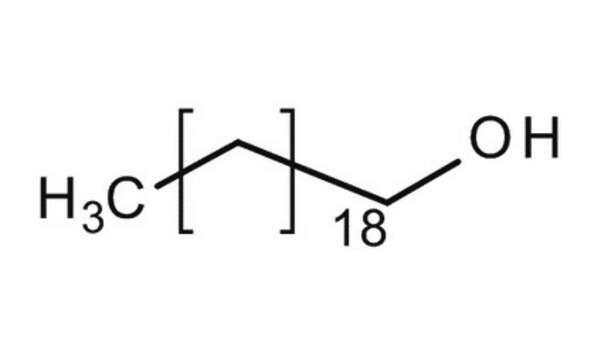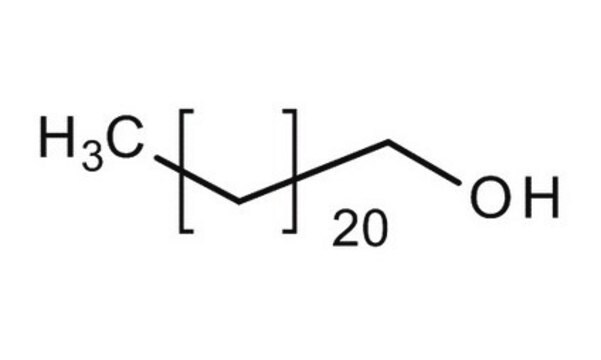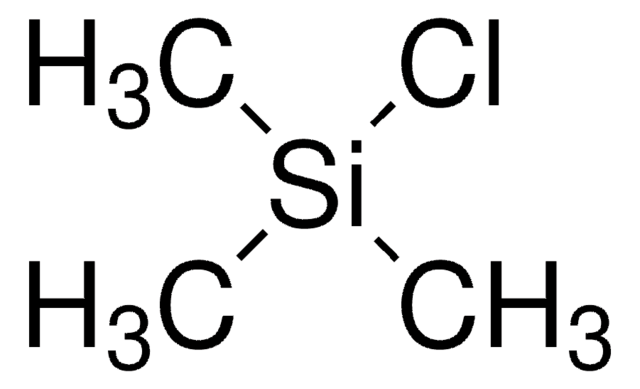234494
1-Eicosanol
98%
Sinónimos:
Arachinyl alcohol
About This Item
Productos recomendados
densidad de vapor
7.4 (vs air)
Nivel de calidad
presión de vapor
<0.1 mmHg ( 20 °C)
Ensayo
98%
mp
62-65 °C (lit.)
solubilidad
water: slightly soluble 0.001 g/L at 23 °C
grupo funcional
hydroxyl
cadena SMILES
CCCCCCCCCCCCCCCCCCCCO
InChI
1S/C20H42O/c1-2-3-4-5-6-7-8-9-10-11-12-13-14-15-16-17-18-19-20-21/h21H,2-20H2,1H3
Clave InChI
BTFJIXJJCSYFAL-UHFFFAOYSA-N
¿Está buscando productos similares? Visita Guía de comparación de productos
Categorías relacionadas
Descripción general
Aplicación
- in gradient HPLC-charged aerosol detection method for the detection of different lipids
- as internal standard during determination of policosanol′s high molecular weight alcohols (policosanol′s fatty alcohols) in fish oil by GC
Código de clase de almacenamiento
11 - Combustible Solids
Clase de riesgo para el agua (WGK)
nwg
Punto de inflamabilidad (°F)
381.2 °F - open cup
Punto de inflamabilidad (°C)
194 °C - open cup
Equipo de protección personal
Eyeshields, Gloves, type N95 (US)
Elija entre una de las versiones más recientes:
¿Ya tiene este producto?
Encuentre la documentación para los productos que ha comprado recientemente en la Biblioteca de documentos.
Los clientes también vieron
Nuestro equipo de científicos tiene experiencia en todas las áreas de investigación: Ciencias de la vida, Ciencia de los materiales, Síntesis química, Cromatografía, Analítica y muchas otras.
Póngase en contacto con el Servicio técnico














